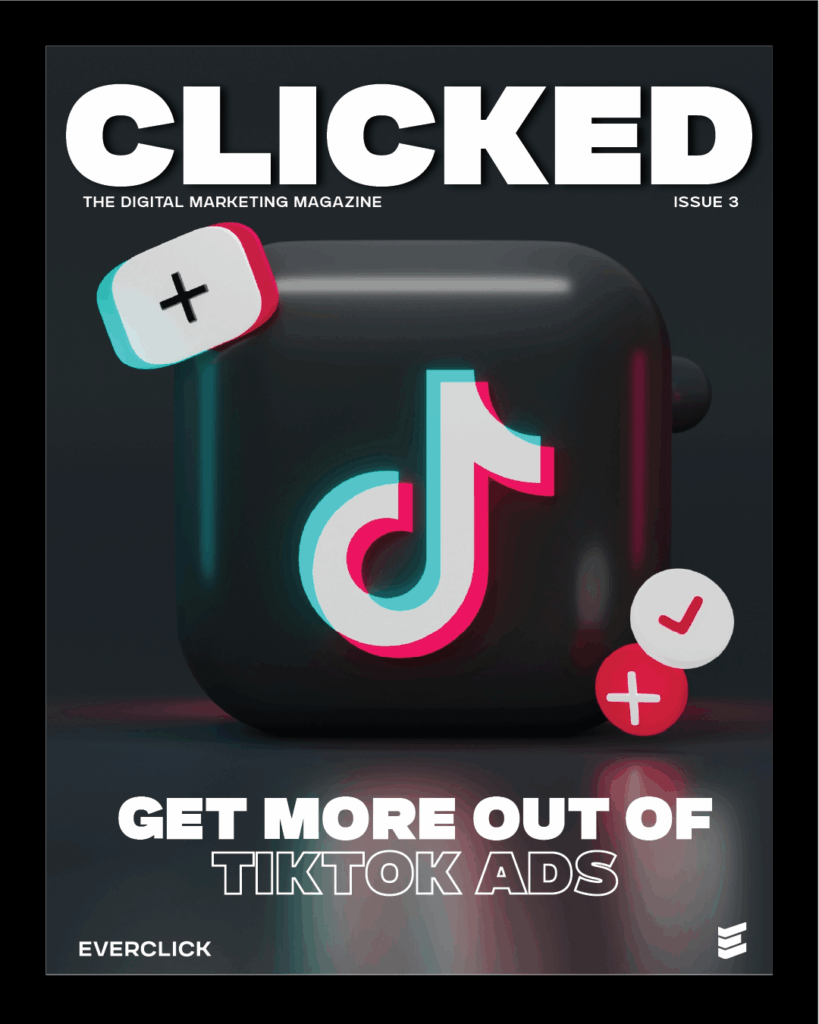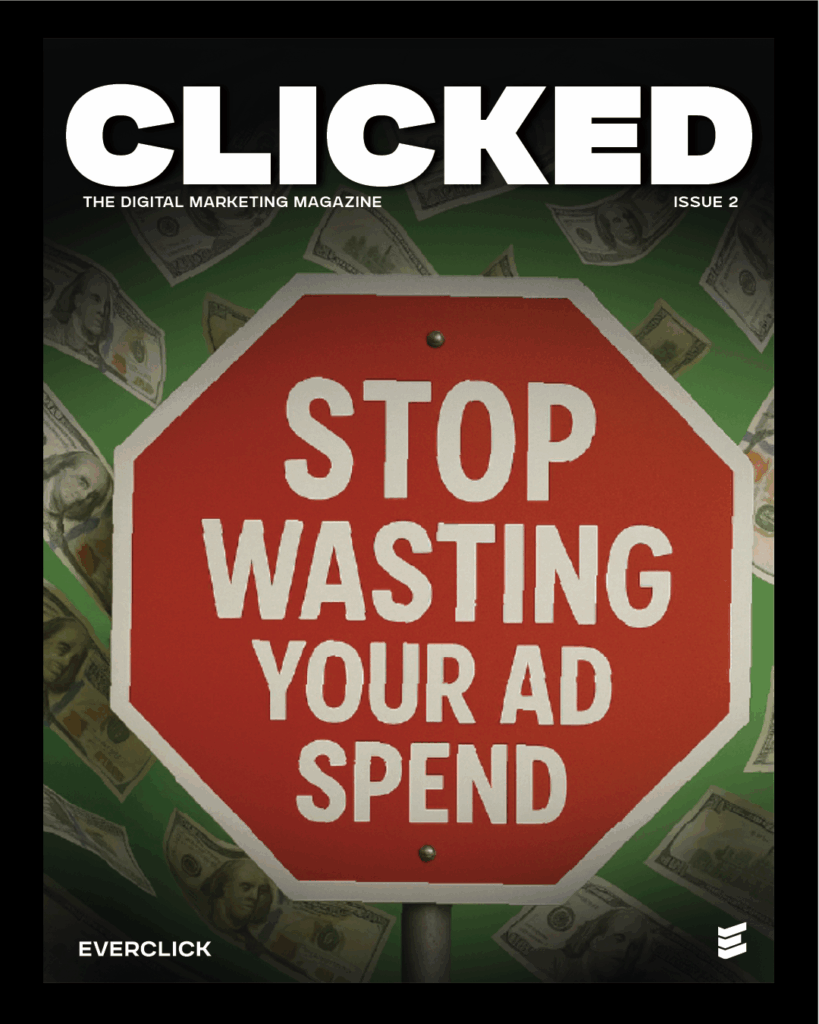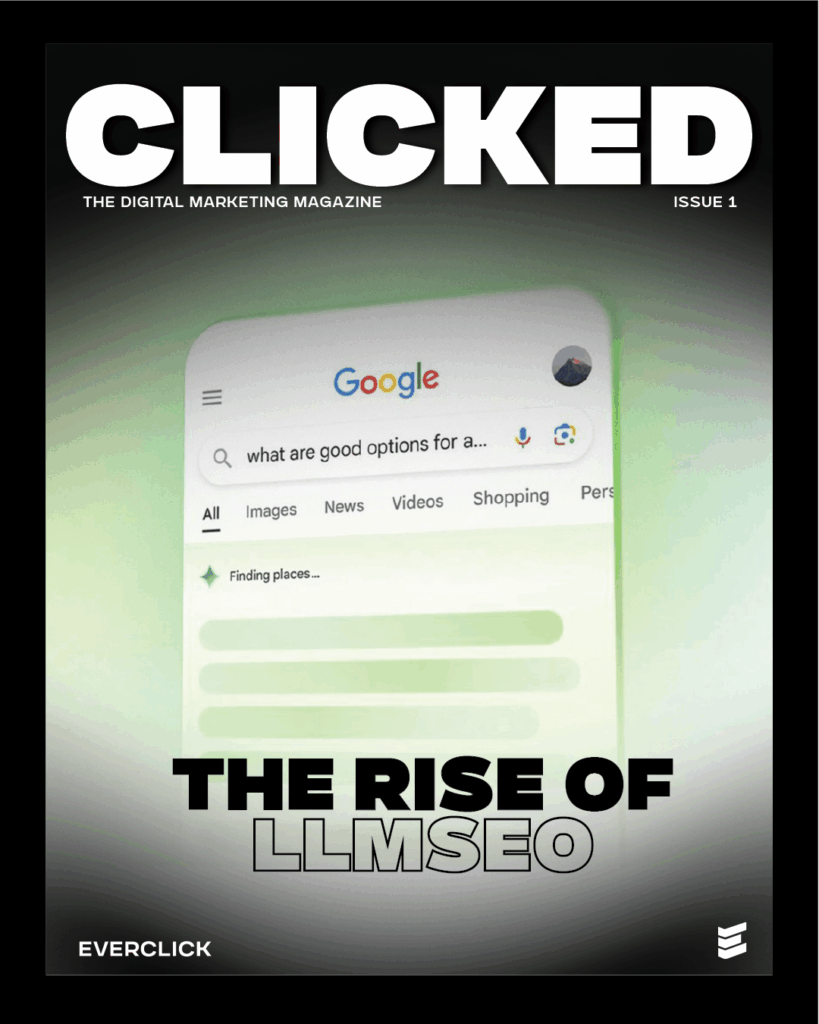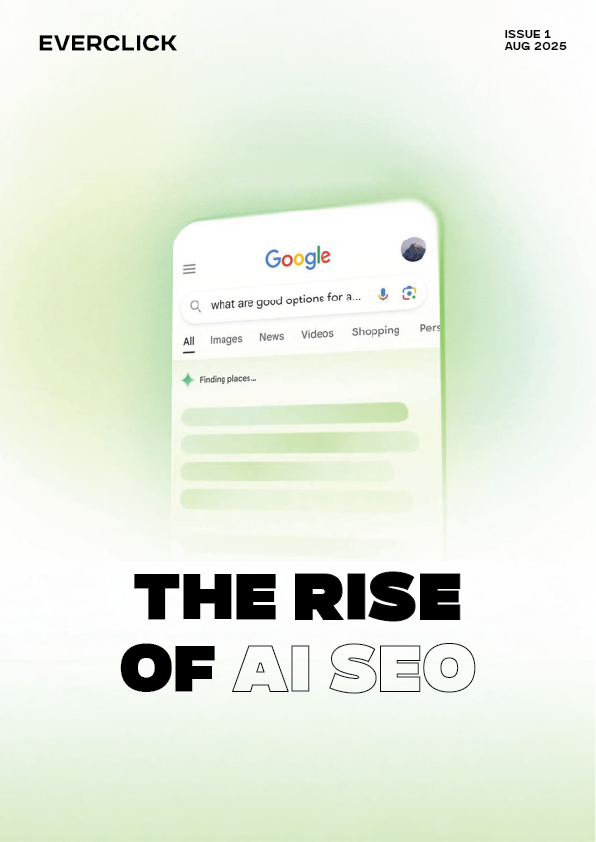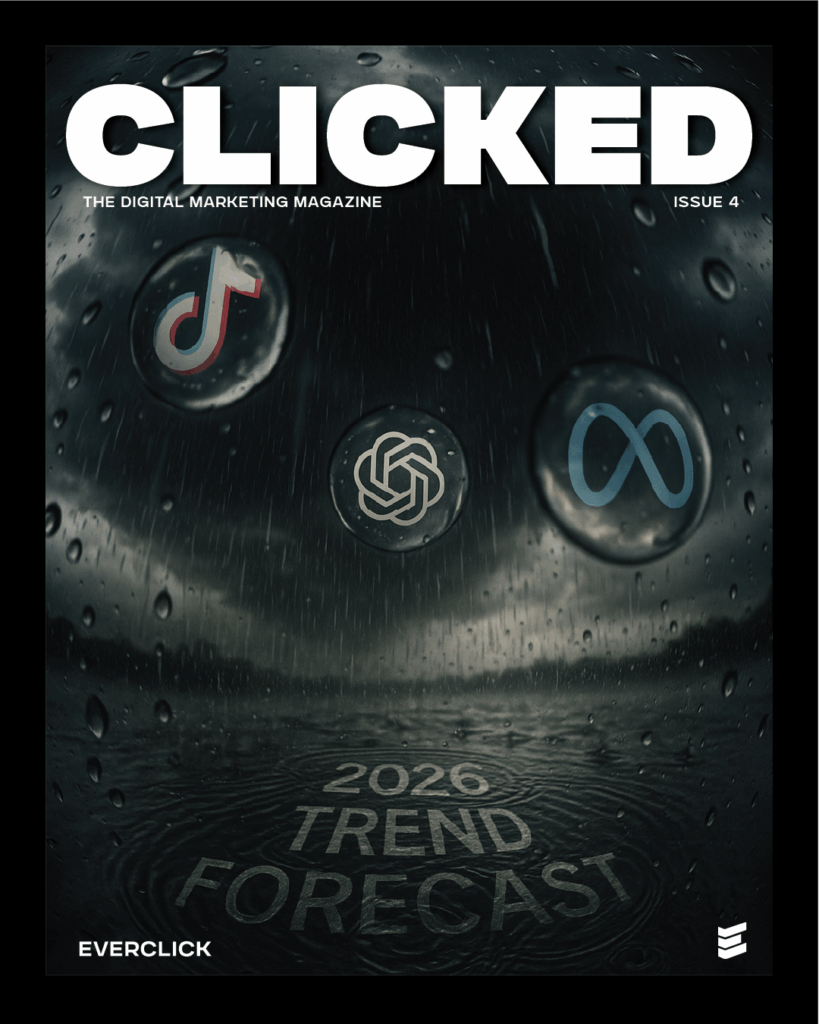The digital marketing landscape is more crowded than ever. Facebook ad costs have increased 89% since 2020. Google Ads competition has driven up costs while click-through rates continue to decline. Email open rates are dropping as inboxes become increasingly saturated.
But here’s the opportunity: while everyone fights over the same crowded channels, innovative marketers are discovering new ways to reach their ideal customers where the competition is minimal and attention is abundant.
1. Community Platform Marketing: Where Authentic Engagement Still Exists
The Opportunity: While social media becomes increasingly pay-to-play, community platforms like Discord, Slack groups, Circle communities, and niche forums offer direct access to highly engaged, targeted audiences.
Why It’s Underutilized: Most brands still think of community marketing as “social media lite” rather than recognizing it as a distinct channel with its own rules and massive potential. They also fear the time investment required to build genuine relationships.
The Strategy That Works:
Instead of treating communities like broadcast channels, successful brands become valuable community members first. They share insights, answer questions, and contribute to discussions without any sales pitch. This approach builds trust and authority that translates into business opportunities.
Real Example: A B2B SaaS company targeting remote teams joined 15 relevant Slack communities and Discord servers. Instead of promoting their product, their team members became known for sharing helpful resources about remote work productivity. Over six months, this generated 847 qualified leads and $2.3M in pipeline—with zero direct advertising spend.
Getting Started: Identify where your ideal customers congregate online. Join 5-10 relevant communities and spend your first month purely as a helpful member. Share valuable content, answer questions, and build relationships. Only after establishing credibility should you mention your business when directly relevant to helping others.
2. Podcast Guesting at Scale: The Authority-Building Channel Most Brands Ignore
The Opportunity: With over 4 million podcasts and hosts constantly seeking expert guests, podcast appearances offer unmatched access to targeted audiences who are already engaged and listening actively.
Why It’s Underutilized: Most companies either don’t know how to approach podcast guesting systematically, or they focus only on top-tier shows that are nearly impossible to book. They miss the massive opportunity in mid-tier and niche podcasts.
The Strategy That Works:
Target 50-100 podcasts with audiences between 1,000-10,000 downloads per episode. These shows are easier to book, hosts are more appreciative, and audiences are often more engaged than mega-podcasts. Create a systematic outreach process and valuable talking points that serve the audience first.
Real Example: A marketing consultant identified 200 podcasts targeting small business owners. By appearing on just 3-4 podcasts monthly and consistently delivering valuable insights, they generated over $500K in consulting revenue in 12 months. The key was treating each appearance as a masterclass, not a sales pitch.
Getting Started: Use tools like Listen Notes or Podcast One to identify podcasts in your industry. Create a compelling one-page speaker sheet highlighting your expertise and potential topics. Reach out to 10 podcasts weekly with personalized pitches focused on value you can provide their audience.
3. LinkedIn Newsletter Publishing: The Email List You Can Build Without Email Addresses
The Opportunity: LinkedIn newsletters can reach thousands of professionals directly in their LinkedIn feed, bypass email deliverability issues, and build audiences without requiring email addresses or landing pages.
Why It’s Underutilized: Most LinkedIn users still think of the platform primarily for networking and job searching. They don’t realize LinkedIn’s newsletter feature can function as a powerful content distribution and audience-building channel.
The Strategy That Works:
Create a weekly newsletter addressing specific challenges your ideal customers face. Focus on actionable insights rather than promotional content. LinkedIn’s algorithm favors newsletter content, giving it broader organic reach than regular posts.
Real Example: A cybersecurity expert launched a weekly LinkedIn newsletter called “CISO Insights” targeting chief information security officers. Within 8 months, the newsletter grew to 12,000 subscribers and generated over $300K in consulting contracts from readers who reached out directly after reading valuable insights.
Getting Started: Launch a LinkedIn newsletter with a clear value proposition for your target audience. Commit to weekly publishing for at least 3 months. Share each newsletter in relevant LinkedIn groups and encourage your network to subscribe. Focus on practical, actionable content that readers can implement immediately.
4. Interactive Content on Emerging Platforms: Capturing Attention Where It’s Still Available
The Opportunity: Platforms like Clubhouse (for audio), Luma (for events), Beehiiv (for newsletters), and emerging social audio features offer early-adopter advantages with high engagement rates and low competition.
Why It’s Underutilized: Most marketers wait until platforms are “proven” before investing time and resources. By then, organic reach has typically declined and advertising costs have increased significantly.
The Strategy That Works:
Identify 2-3 emerging platforms where your audience is beginning to gather. Invest early in creating valuable content and building community. Focus on platforms that align with your content strengths—visual, audio, written, or video.
Real Example: A financial advisor began hosting weekly Clubhouse rooms about personal finance for young professionals when the platform was new. As an early adopter, they consistently attracted 200-500 listeners per session. This visibility led to 150+ new clients and over $1.2M in assets under management within 18 months.
Getting Started: Monitor emerging platforms through resources like Product Hunt, TechCrunch, and social media trend reports. Test 2-3 new platforms quarterly with consistent content for 30 days each. Double down on platforms where you see genuine engagement and audience growth.
5. Strategic Partnership Content: Leveraging Other Brands’ Audiences
The Opportunity: Collaborate with complementary brands to create content that serves both audiences, effectively doubling your reach without doubling your content creation effort.
Why It’s Underutilized: Most brands view other companies as competitors rather than potential collaborators. They also struggle to structure partnerships that benefit both parties equally.
The Strategy That Works:
Identify brands that serve the same audience but offer complementary solutions. Create valuable content together—webinars, guides, podcasts, or research reports—that combines both companies’ expertise. Cross-promote to both audiences.
Real Example: A project management software company partnered with a time-tracking app to create a comprehensive guide on “Productivity Systems for Remote Teams.” They co-hosted webinars, shared research data, and cross-promoted to their combined audience of 45,000 users. Both companies saw 23% increases in qualified leads during the campaign period.
Getting Started: List 20 companies that serve your ideal customers with complementary solutions. Reach out with specific collaboration ideas that provide clear value to both audiences. Start with low-commitment projects like co-created blog posts or shared webinars before moving to larger initiatives.
The First-Mover Advantage: Why Speed Matters More Than Perfection
The biggest advantage of these untapped channels isn’t just lower competition—it’s the relationship-building opportunity they provide. When you’re among the first brands to show up authentically and provide value, you become associated with that channel in your audience’s mind.
This first-mover advantage compounds over time. Early adopters of LinkedIn content became known as LinkedIn thought leaders. Early podcast guests built relationships with hosts that led to ongoing opportunities. Early community members often become community leaders.
Your Next Steps: From Awareness to Action
The opportunity exists, but it won’t last forever. Here’s how to capitalize on these channels before your competitors catch on:
Week 1: Choose one channel that aligns best with your content strengths and audience preferences. Don’t try to tackle all five simultaneously.
Week 2-4: Research and map out the specific opportunities within your chosen channel. Identify target communities, podcasts, potential partners, or platform features.
Month 2-3: Begin consistent activity. Focus on providing value and building relationships rather than immediate conversions.
Month 4+: Analyze results and double down on what’s working while testing your second channel.
The brands that dominate digital marketing in the next 2-3 years won’t be those with the biggest advertising budgets—they’ll be those who identified and mastered these emerging channels while the competition was still focused on traditional approaches.
Your competitors are busy optimizing their Facebook ads. While they’re fighting over crowded channels, you could be building audiences where attention is still abundant and engagement rates are still high.
The question isn’t whether these opportunities will become competitive—it’s whether you’ll capitalize on them before they do.

